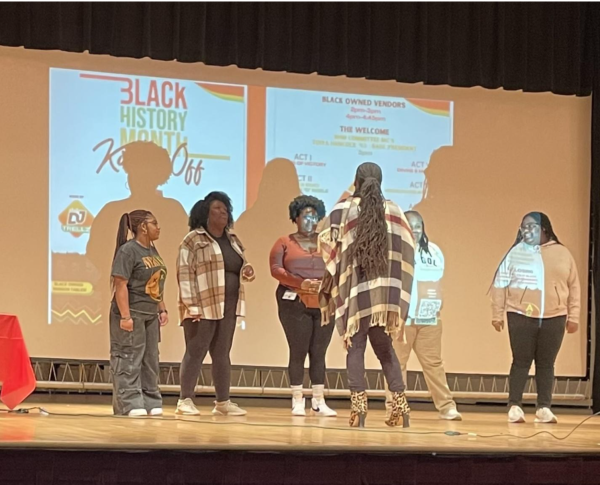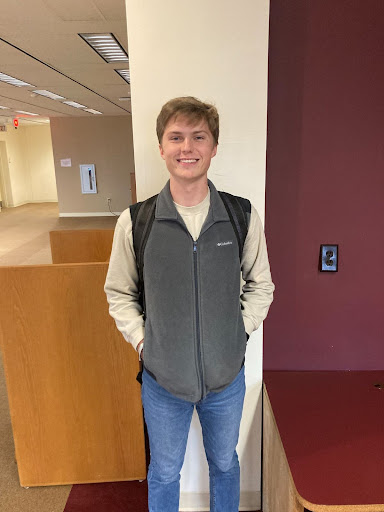Conversations around equality sheds light
“There were nine of us who traveled to Montgomery in June to visit the museum and memorial there,” said Mark Justad, director of the Center for Principled Problem Solving. “Today is sort of a debriefing.”
On Oct. 3, Guilford faculty held a community conversation in King 126 about their reflections on the Equal Justice Initiative’s new facilities in Montgomery, Alabama. A group of nine Guilford faculty members traveled to Montgomery this past summer to visit the National Memorial for Peace and Justice, as well as the Legacy Museum.
“It was a summer afternoon, this thunderstorm came through while we were there, which I found really moving to be in that space during the storm,” said Gwen Erickson, Quaker librarian and college archivist. “It’s all laid out so that there was a little bit of shelter, but it was still open to the storm. And the design of the lower level has this waterfall with seating, so you can sit in that space after walking through the main part of the memorial.”
Naadiya Hasan, associate professor of sociology and anthropology, also reflected on her time in Montgomery, discussing the balance of active and passive interaction with the visitors that the Legacy Museum offered.
“There was also a sense of creating ways so that it was not overwhelming,” Hasan said. “There were so many things that were interactive, but there were also places where you could just sit down for a minute. I needed that. It was almost good to be passive for a while, but it was still a collective space.”
According to Sonalini Sapra, an engaged teaching specialist and program coordinator, the museum begins to captivate visitors as soon as they enter.
“I think that it was very powerful to read, when you walk in, there are big bold letters that say that this is formerly the sight of a slave warehouse where the museum was located,” Sapra said. “I think that was very hard for me, and it opened up a lot of discussion questions.”
Justad expanded on the recurring impacts of white supremacy that were highlighted throughout the Museum.
“One of the things that occurred to me, after the fact, was the way in which, if you paid attention while you were moving around, the ideology of white supremacy plays out in all of these different cultural contexts,” Justad said. “In addition to linking the past to the present, you get this really intensive education on seeing how an ideology can shape the culture and practice over time.”
Professor of Philosophy Lisa McLeod said that the Legacy Museum opened her eyes to some of her previous misconceptions.
“I learned there that the Stone Mountain in Georgia only opened in the 70s, and I had always assumed that it had been open since the 50s,” McLeod said. “But no, it opened in the 70s. There’s a little film about it and there’s a nice outline of some important pieces about the death penalty and it’s really effective that it shows how white supremacy plays out in the legal system and in popular culture.”
Although the Legacy Museum covered a wide variety of topics, McLeod expressed that the information is given in a way to allow visitors to absorb it all.
“A ton of information is packed in, but in a way that you can really effectively focus on each thing even though there is stuff going on around you,” McLeod said. “And it’s really trying to start a whole new conversation about our history. On the one hand it’s incredibly disturbing, but it’s also a bizarre comfort to be in a space that is very clear in the perspective it is taking, when so much of our popular culture is either ignoring or denying it.”
Both the Legacy Museum and the National Memorial for Peace and Justice allowed visitors to reflect on the nation’s past.
“It was a very impactful and restful, as well as a disturbing space,” McLeod said. “And I think it will become even more so.”








